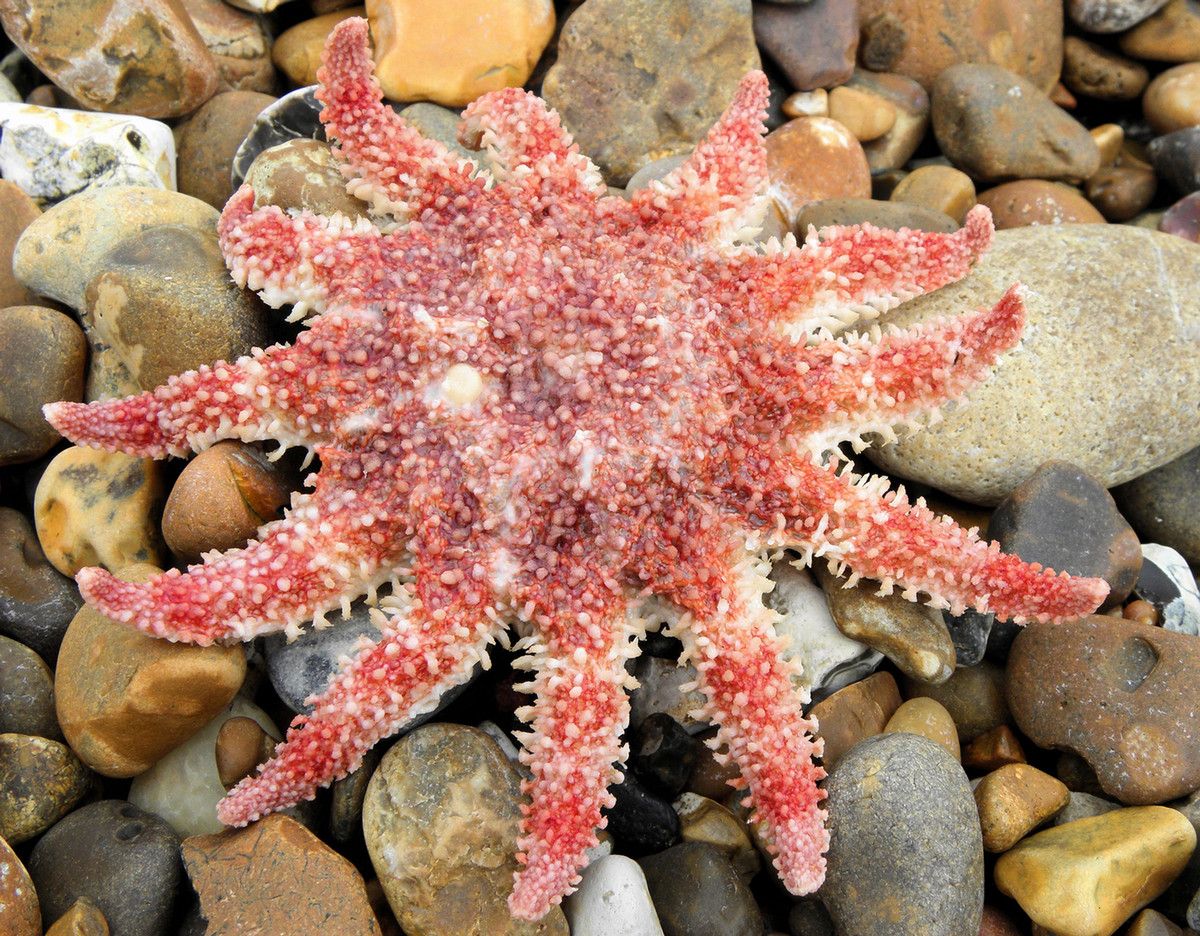These creatures are the stars of the show—and the ocean. They’re starfish, everyone’s favorite five-pointed organism. Colorful or plain, skinny or chubby, big or small, the nearly 2,000 species have it all. A beloved addition to any coral reef or aquarium, starfish are certainly celebrities. And they know it—all that fame would give anyone a big head!
That expression is more accurate than you’d expect. According to a new study, in fact, starfish, also known as sea stars, shouldn’t be understood as a body with five arms. Technically, they don’t even have what we’d call “arms.” Or, in the usual sense, a “body.”
Most creatures across the animal kingdom are bilaterian, meaning that from head to tail, their right and left sides mirror one another. This is what gives us humans our symmetrical skull, one chest, two arms, two legs—you get the idea. But starfish, ever the drama queens, are echinoderms: like a snowflake, their symmetrical segments radiate out from the center.
The anatomy of these oceanic icons has long stumped scientists. In bilaterians, specific genes indicate “head” or “legs” or “torso.” With this in mind, the study’s researchers used genetic sequencing and fluorescent dye to illuminate what genes were where in a starfish’s physique. It turns out that the genes for “head” are everywhere, especially through the center of each of the five so-called arms. Genes for “torso” and “limbs” were almost entirely absent.
It’s already known that a starfish’s mouth is on its underside. All told, then, the new study reveals that ultimately, a starfish is mostly just one giant, star-shaped head, faceplanted onto the seafloor.










